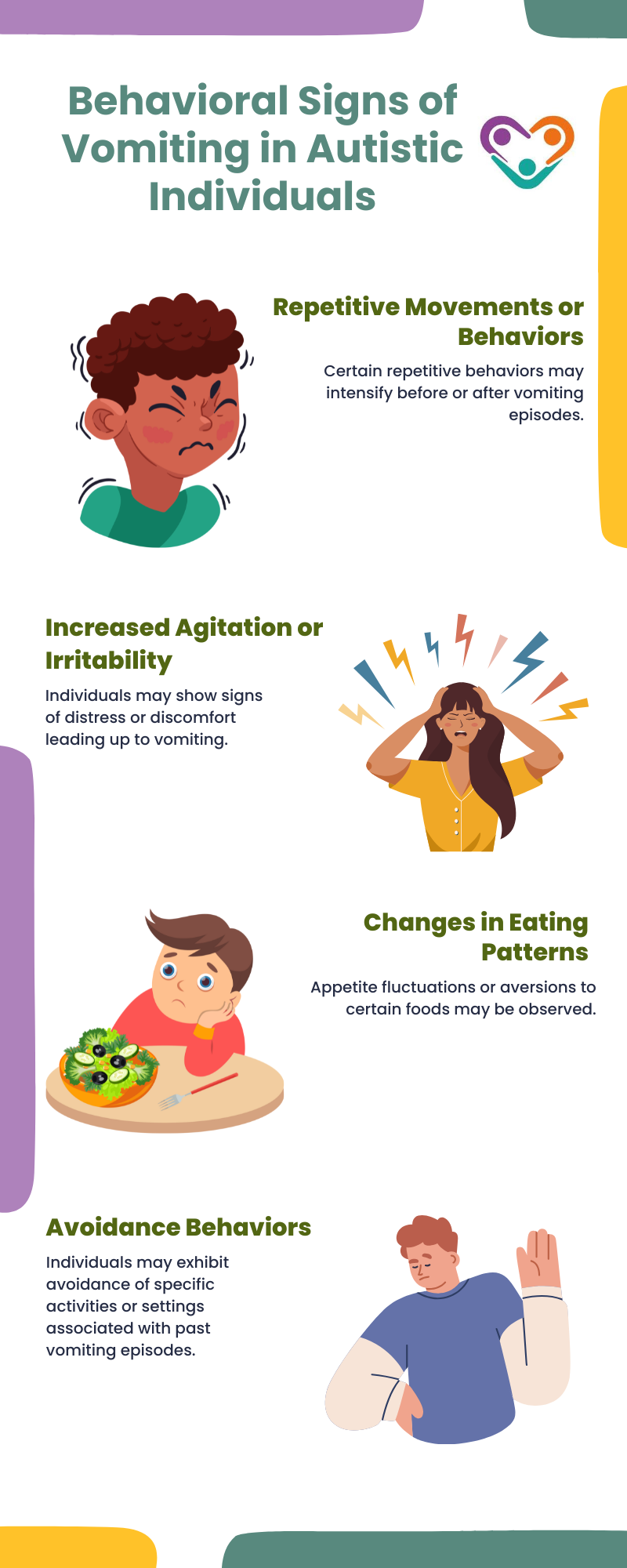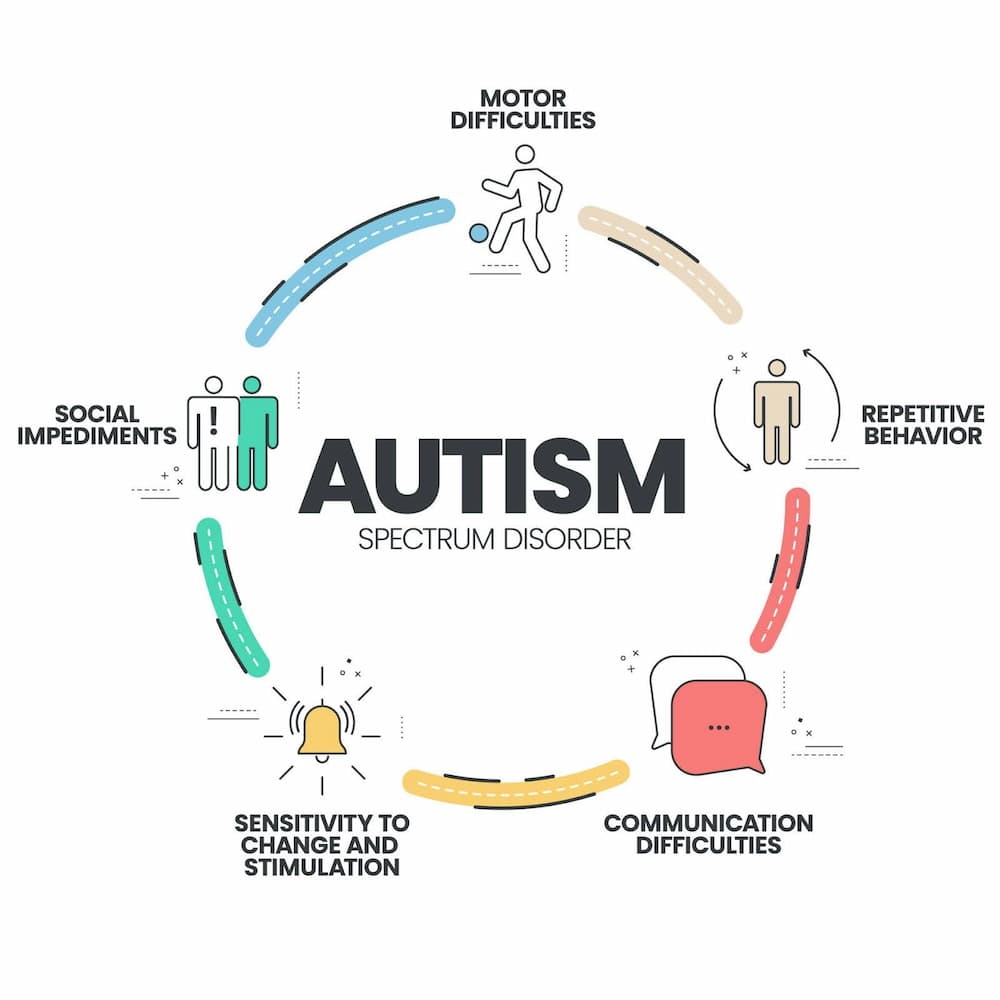Are daily disruptions a sign to talk to an local Aba Therapist?
Are daily disruptions a sign to talk to an local Aba Therapist?
Blog Article
Promoting Inclusivity: How to Develop Helpful Environments for Those With Behavior Autism
Producing encouraging environments for individuals with behavior autism is important for cultivating inclusivity. What particular actions can you take to assure these individuals flourish in different setups?
Comprehending Behavioral Autism: Key Attributes and Obstacles
Comprehending behavioral autism entails acknowledging its crucial characteristics and the challenges it provides. People with autism typically exhibit problems in social communication, interaction, and recurring behaviors. You might discover that they have a hard time to analyze social signs, which can bring about misunderstandings in everyday situations. Sensory sensitivities are likewise typical, making particular settings frustrating.

Sustaining somebody with behavioral autism suggests being individual and versatile. You'll need to produce a setting that reduces anxiety and advertises comfort.
The Role of Compassion in Supporting Individuals With Autism
Compassion plays a crucial function in supporting individuals with autism by helping you comprehend their unique viewpoints. By practicing active listening strategies, you can develop psychological connections that cultivate trust and interaction - Aba Therapist Near Me. This understanding not only boosts your relationship yet also produces a more helpful setting for them
Understanding Special Perspectives
When you take into consideration the one-of-a-kind viewpoints of people with autism, it comes to be clear just how vital empathy is in giving effective support. Your ability to empathize allows you to create an environment where they really feel risk-free, valued, and understood. This encouraging ambience equips people with autism to express themselves, ultimately boosting their health and development.

Active Paying Attention Methods
Energetic listening strategies play a vital duty in supporting people with autism, as they cultivate a deeper connection and understanding. Paraphrase what they claim to confirm your understanding, and ask flexible concerns to urge further expression. By exercising these strategies, you create a risk-free room where individuals really feel heard and valued, ultimately improving their interaction and emotional well-being.
Building Emotional Links
Developing a supportive atmosphere via active paying attention naturally causes constructing psychological connections with individuals on the autism spectrum. When you genuinely engage, you're not simply hearing their words; you're understanding their sensations. This compassion fosters depend on, permitting them to express themselves openly. Use nonverbal cues, like eye get in touch with and nodding, to show you're present and purchased their experiences.

Efficient Communication Approaches for Inclusivity
Efficient communication approaches play a necessary function in cultivating inclusivity for people with behavioral autism. Begin by utilizing clear, straightforward language that's simple to understand. Prevent idioms or abstract expressions; they can be confusing. Rather, be direct and certain about what you indicate.
Nonverbal cues are similarly vital. Focus on your body movement, faces, and tone of voice, as these can share even more than words. Maintain eye call and usage gestures to improve understanding.
In addition, be patient and provide people time to process information. Motivate them to share their thoughts and feelings, showing that their input is valued.
Active listening is crucial; repeat or reword what they've stated to validate understanding. Adjust your interaction methods based on private choices, whether it's via aesthetic help, composed directions, or other devices. This individual touch enhances incorporation and helps build meaningful connections.
Tailoring Support Solutions in Educational Settings
In academic settings, you'll want to focus on Individualized Education Plans (IEPs) that accommodate each trainee's special requirements. Producing a sensory-friendly class layout can additionally enhance learning by advertising and decreasing distractions convenience. With each other, these approaches can foster an atmosphere where trainees with autism flourish.
Individualized Education Strategies
While steering via the intricacies of autism in educational setups, Individualized Education and learning Plans (IEPs) play a necessary duty in customizing support systems to meet each student's unique needs. An IEP describes specific objectives, accommodations, and solutions that fit your child's strengths and difficulties. It's vital to collaborate with teachers, professionals, and your kid to create an extensive plan. Regularly updating the iep and reviewing assures it stays effective as your youngster grows. Urge open interaction amongst all events involved, cultivating a helpful network that advertises your kid's success. Remember, a reliable IEP is not just a document; it's a living device that Look At This adapts to your youngster's developing needs, guaranteeing they flourish in their educational atmosphere.
Sensory-Friendly Class Design
Creating a sensory-friendly class can substantially improve the knowing experience for students with autism. Usage relaxing colors on wall surfaces and style to produce a relaxing ambience. By making these changes, you'll produce an environment where pupils with autism feel more sustained and engaged in their learning trip.
Creating Inclusive Workplaces for People With Autism
To promote a truly comprehensive work environment for people with autism, employers must identify the distinct toughness and difficulties these people bring. Beginning by promoting clear communication and supplying comprehensive work descriptions that lay out assumptions. This helps people understand their duties better and lowers stress and anxiety.
Take into consideration carrying out flexible work continue reading this setups, such as remote work or readjusted hours, to accommodate different personal choices and sensory needs. Educating your staff on autism recognition is necessary; it can enhance compassion and promote an encouraging atmosphere.
Producing silent spaces where workers can recharge during difficult moments can likewise make a considerable difference. Encourage making use of assistive innovations that help enhance and streamline jobs efficiency.
Inevitably, valuing variety will certainly not just benefit people with autism yet will certainly likewise improve the whole team, leading to a much more vibrant and innovative work environment. Accept these strategies to cultivate an atmosphere where everyone can grow.
Urging Social Communication and Neighborhood Engagement
Encouraging social interaction and neighborhood involvement is important for individuals with autism, as it assists develop confidence and promotes meaningful connections. To produce an encouraging setting, beginning by supplying possibilities for people to attach with others in a comfy setup. Organize group tasks that provide to various interests, such as art classes, sports, or social work projects.
You can likewise promote smaller, structured events where everybody can share their experiences and thoughts. Encourage open interaction by modeling respectful listening and compassion. Developing peer mentorship programs can help develop bonds and offer support.
Involve family members and regional organizations to expand the support network and advertise comprehensive events. Bear in mind, the key is to produce secure spaces where people with autism really feel valued and recognized. By cultivating these links, you'll assist them prosper socially and create a sense of belonging within the area.
Resources and Devices for Building Supportive Environments
While building supportive environments for people with autism might appear difficult, numerous resources and devices can make the process easier and more effective. Think about using aesthetic supports like timetables or social stories to aid people understand their day-to-day regimens and social circumstances. Applications designed for interaction, such as AAC (Alternate and augmentative Interaction) devices, can also boost interaction.
Additionally, training programs for personnel and volunteers on autism awareness can advertise empathy and understanding in your community. Consider neighborhood organizations that supply workshops or resources customized for supporting individuals with autism.
Creating sensory-friendly rooms with calming elements-- like soft lights and peaceful areas-- can profit those that could become overloaded. Ultimately, establishing links with regional support teams can offer recurring advice and comments, assisting you improve your approach and guarantee inclusivity for all.
Often Asked Concerns
Just How Can I Educate Others Concerning Behavioral Autism Properly?
To educate others regarding behavioral autism efficiently, share personal stories, give clear resources, and urge seminars - Autism Behavioral Therapy. Use relatable examples and highlight the value of comprehending various point of views to promote empathy and recognition
What Are Common Misunderstandings About Autism That Need Dealing With?
You may believe autism just influences interaction abilities, you can look here yet that's simply one aspect. Numerous believe it's exclusively a childhood condition, when actually, it spans throughout any ages and shows up in a different way for each and every individual.
How Can I Support for Autism Understanding in My Community?
You can promote for autism recognition by arranging neighborhood occasions, sharing useful resources, and teaming up with neighborhood organizations. Usage social networks to spread the word, and urge open discussions to promote understanding and acceptance.
Exist Particular Sensory-Friendly Spaces for People With Autism?
Yes, several communities provide sensory-friendly areas, like peaceful spaces in libraries, specialized backyard, or assigned hours at museums. You can check out local sources and advocate for even more comprehensive areas to sustain people requiring them.
What Role Do Family Members Play in Sustaining People With Autism?
Family members play an essential duty in sustaining people with autism. You can offer motivation, understanding, and perseverance. By proactively participating in their lives, you help build confidence and foster self-reliance, creating a nurturing environment.
Producing supportive atmospheres for individuals with behavioral autism is essential for fostering inclusivity.Producing a helpful environment through active listening naturally leads to building emotional connections with people on the autism range. Developing Inclusive Workplaces for People With Autism.
To cultivate an absolutely comprehensive work environment for people with autism, employers need to recognize the one-of-a-kind staminas and difficulties these people bring. Keep in mind, the trick is to produce secure rooms where people with autism feel valued and recognized.
Report this page